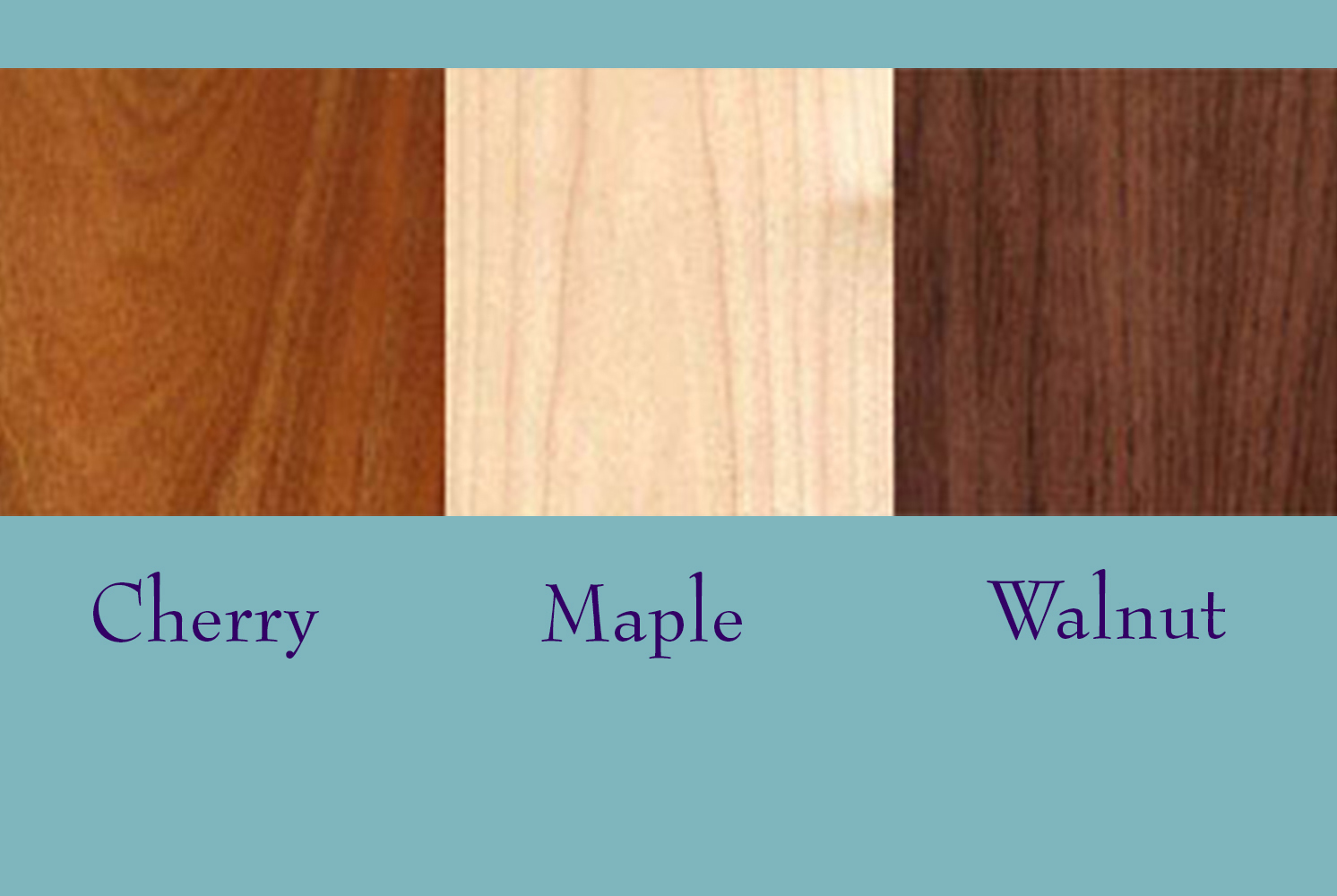Environmentally Responsible Wood
Enchantement in an autumn maple forest.
One of the real issues in modern lutherie involves wood selection....
There is, for instance, the belief that the best soundboards are made of this or that wood, with so-and-so many lines of grain per inch, just the right amount of cross silk and no blemishes of any kind. Frankly, we think that’s just ridiculous and apparently we are in good company because the famous Amati violin, the Harrison, has a knot on the soundboard! From the very beginning William believed that so-called blemishes often give wood beauty and character. We have always celebrated the uniqueness of each piece of wood we select and no two Rees harps ever look the same as a result.
In 1988, at the Guild of American Luthiers annual convention, a watershed speech was made which served to actively involve luthiers in the struggle to confront the problems surrounding the extinction of several of the primary species of trees used in lutherie. Unfortunately, the action has come too late for classic instrument woods such as Brazilian Rosewood, Mahogany and Ebony. All three are precariously near biological extinction and the trade in them is illegal. In soundboard woods, for many years, due to the destruction of the German Blackforest, Germany has been buying North American Engelmann Spruce, milling it and selling it back into this country disguised as prized German wood. Since the demand for a specific wood is often customer driven, it is important that customers be made aware of the problem. The organization Rainforest Relief has developed an excellent set of guidelines on the overall subject of endangered woods that is well worth visiting.
For our part, we began to become aware of this issue in the late nineties and removed all tropical rainforest woods from use in our lutherie. As we have educated ourselves further on the subject we have stopped using all of the following woods: Ash (from Canada or Russia), Bubinga (African Rosewood), Cedar (Spanish and Western Red), Cocobolo, Cherry (from Canada or Russia), Ebony, Kapur and Luan (both found in plywood), Mahogany (all), Paduk, Purpleheart, Redwood, Rosewood (all), Sitka or Engelmann Spruce, Walnut (from Canada or Russia), Wenge or Zebrawood.
The three locally-sourced hardwoods we use are cherry, maple and walnut.
We understand that other lutheries use these woods and that some go as far as to use certified eco-harvested pieces of these woods but it is our feeling that maintaining the demand at all contributes directly to the problem so we elect to build great harps with locally sourced hardwoods from tiny family-owned mills who harvest extremely selectively and mill to our specifications.
For our tonewood, nearly two decades ago when we first found out about the threat posed to Sitka and Englemann spruce, we searched for and found an environmentally sustainable solution. The best thing about our poplar soundboards is that they sound better and are more structurally stable than anything we had used in the past so it is a win-win solution. See About Soundboards for more information.
Rees Harps is a family-owned business and the second generation is already well on its way to taking over. Because we see our future in terms of generations we viscerally understand that protecting the natural resources upon which we rely is essential.


